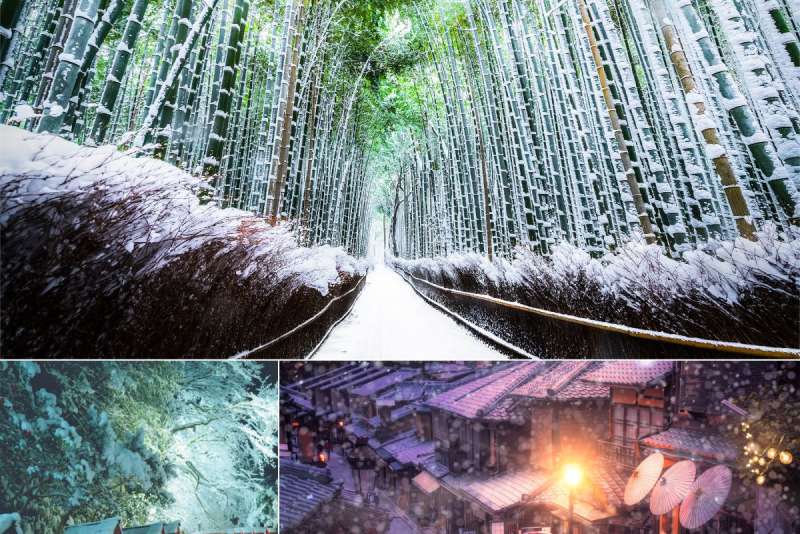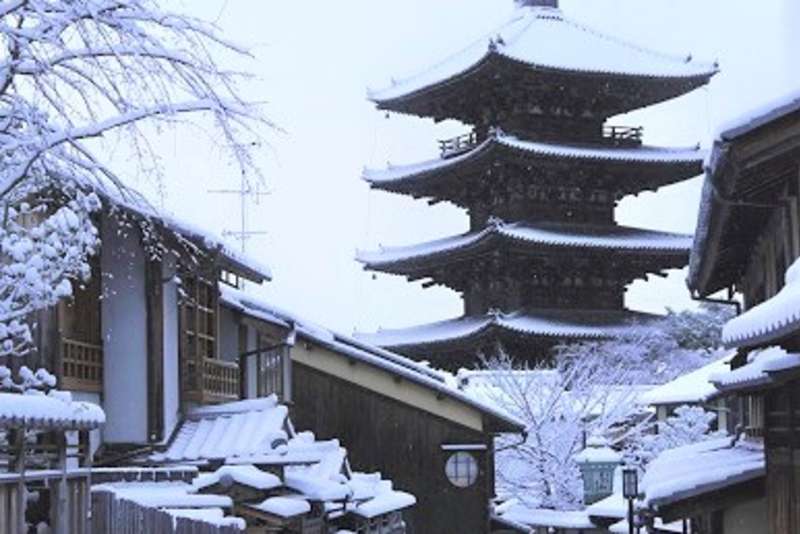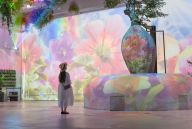
Bundle Up to Shoot These 4 Snowy Spots in Wintry Kyoto and Nara
During winter in Japan, the Japanese landscape and historic cityscape are dazzling in a blanket of snow, creating a more dramatic atmosphere than usual. Here are some of the most popular spots in Kyoto and Nara that are known for their superb snowy views.
Before you go sightseeing in Kyoto and Nara…
If it snows in the middle of the night, the snow often melts around noon, so if it’s breathtaking views you want, we recommend heading out early in the morning. According to the database from the Japan Meteorological Agency, the average temperature in Kyoto and Nara in December is around 6℃-7℃. The average temperature in January is around 3℃-5℃, and in February, the average temperature is around 4℃-5℃. As for the lowest temperature from January to February, expect sub-zero figures. Both Kyoto and Nara get very cold, so be sure to wear gloves, a scarf, and other warm clothing. Wear comfortable shoes too as the cobblestones might be slippery due to the snow.
1. Yasaka-dori - Kyoto

Yasaka-dori, a street measuring 600 meters, runs from east to west in Kyoto City and its view in winter captures the snowy scenery of the ancient city. The road leading to the five-story pagoda Yasaka Tower in the temple precincts of Hokanji Temple is packed with townhouses along the narrow cobblestone road, creating a lovely atmosphere. While here, stop by traditional Japanese confectionery shops, cafes, and souvenir shops offering tofu and matcha that are unique to Kyoto. Kongodo (Yasaka Koshindo) near the Yasaka Tower is a photo spot where colorful talisman balls called kukurizaru (hanging monkeys) liven up the temple precincts and look fabulous on social media. If you would like to take a photo, we recommend shooting with a sky blue background when snowfall has stopped. It takes about seven minutes on foot to get there from Keihan Gion-Shijo Station.

2. Kifune Shrine - Kyoto

The Grand Head Shrine of Kifune Shrine has about 500 sister shrines nationwide. Legend has it that a famous poet from the Heian period (794-1185) visited the shrine and prayed for reconciliation with her husband who she was having a fight with at the time. This, plus the fact that it houses a deity of marriage, explains its reputation as a spiritual spot for fulfilling wishes for romance.
Kifune Shrine is even popular as a photo spot! The lanterns and torii gates are painted in a lovely vermillion, which look great against the white fallen snow! There are 84 stone steps leading from the torii gate to the shrine precincts of the main shrine, so if you look up from the bottom of the stairs, you can take beautiful photos with the contrast between the vermillion lanterns, the torii gate, and the pure white snow. It can be accessed via bus to the front of Kibuneguchi Station, which is about a two-minute walk from the Kibuneguchi Bus Stop. Transfer to Kyoto Bus No. 33 bound for Kifune and get off at Kifune bus stop.
3. Yoshinoyama - Nara

Mt. Yoshino is also known as a place for viewing cherry blossoms, but in fact, the snowy scenery in winter is just as breathtaking! When there is snow, bask in the solemn atmosphere surrounded by a silver world. A number of observation spots, including the famous Hanayakura Observatory, make each scenery unique. If you prefer a snowy landscape, we recommend going to Shimosenbon Observatory. The observatory overlooks the Shimosenbon area near the entrance of Mt. Yoshino, as well as the UNESCO World Heritage Site Kinpusen-ji Zao-do, the symbol of Mt. Yoshino and a magnificent snow scenery right by the Shimosenbon parking lot. Kinpusen-ji Nioumon, another UNESCO World Heritage Site and the sacred place of Shugendo that makes you feel the solemnity of Mt. Yoshino, is another highlight. Access to Niomon takes about 10 minutes on foot from Ropeway Yoshinoyama Station.
4. Kondo (national treasure) Murouji Temple's Yoroizaka - Nara

Yoroizaka is one of the more popular spots at Murouji Temple when it comes to superb winter views. The temple leads to the wide stone steps of natural masonry then to the main hall (recognized as a national treasure). Shrubs and rhododendrons are planted on either side of the stone steps, and the stacking pattern of the steps reminds one of armor, which is where the name Yoroizaka (armor hill) comes from. When there is snow, the whole area turns silver and it looks like a scene from a drama. The recommended photo spot is where the roof of the Kondo can be seen at the top of the stone steps; it’s a spot you can see after you climb up. To get to Yoroizaka from Muroguchi-Ono Station, take the Nara Kotsu Bus, get off at Muroujizen Bus Stop, and walk for around five minutes.
Refer to the following for more information on the facilities mentioned in this article.
Kyoto
https://www.japan.travel/en/destinations/kansai/kyoto/
https://kyoto.travel/en/
Nara
https://www.japan.travel/en/destinations/kansai/nara/
https://www.visitnara.jp/
For Transportation:
Kyoto
https://www2.city.kyoto.lg.jp/kotsu/webguide/en/ticket/index_ticket.html
Nara
https://www.narakotsu.co.jp/language/en/pass.html
http://www.yokb315.co.jp/ropeway.php




























































